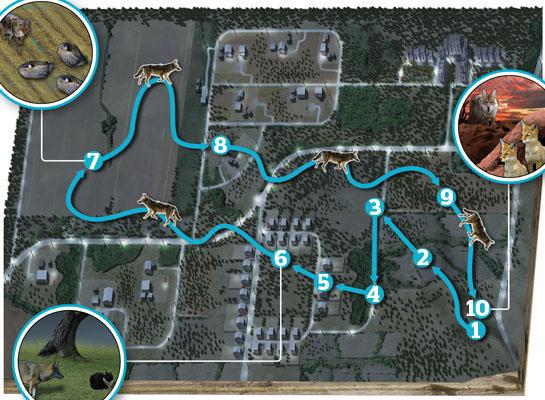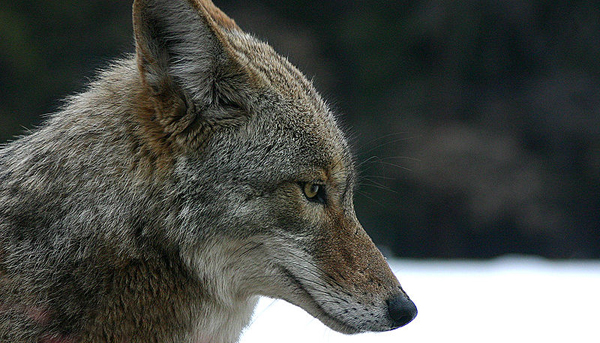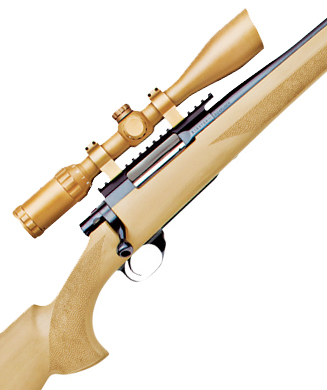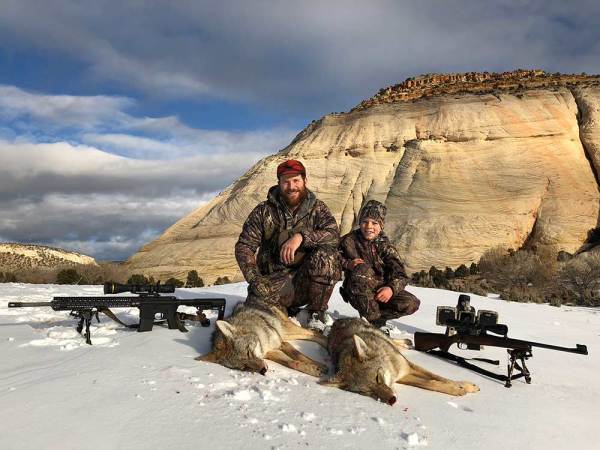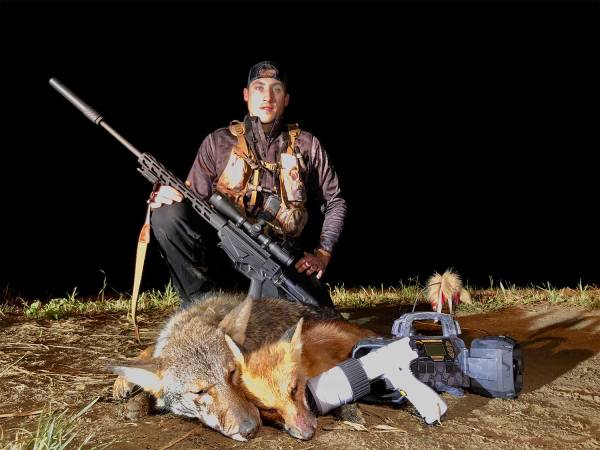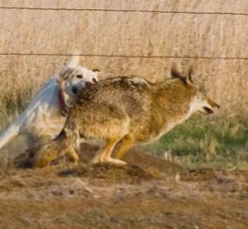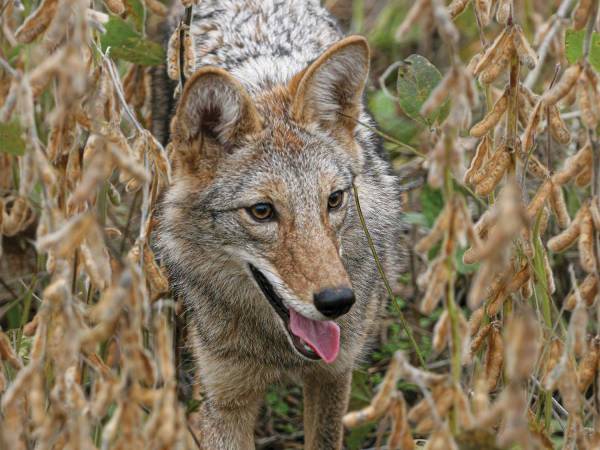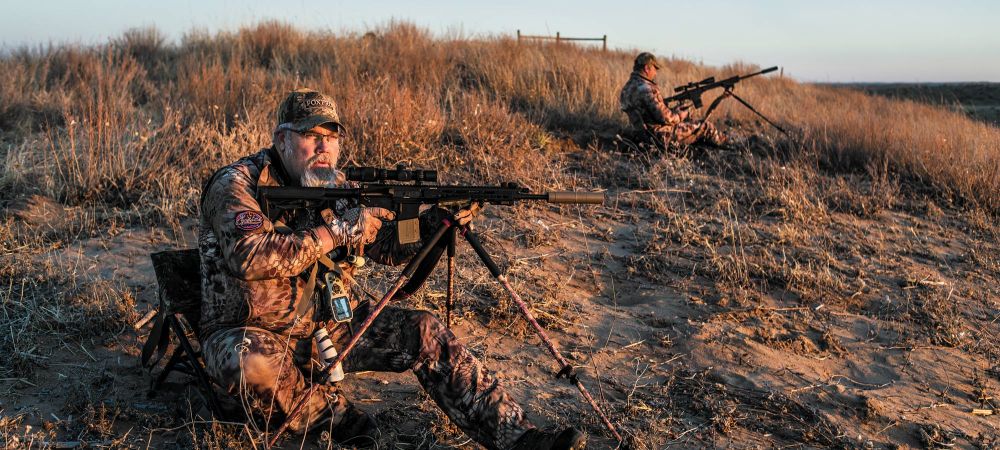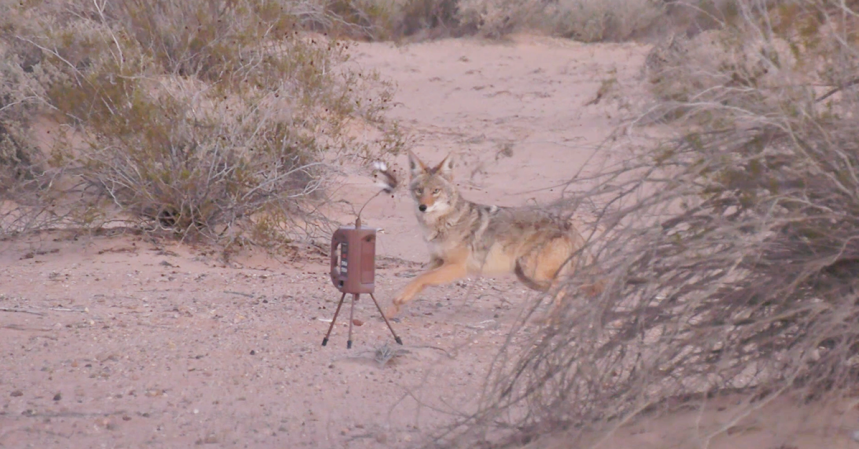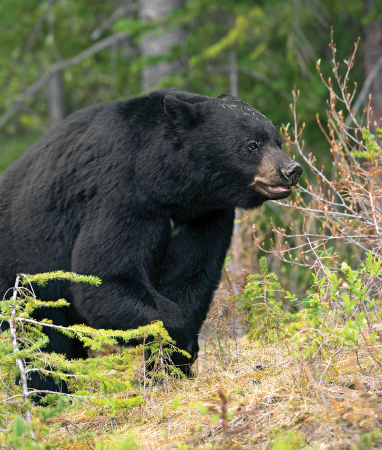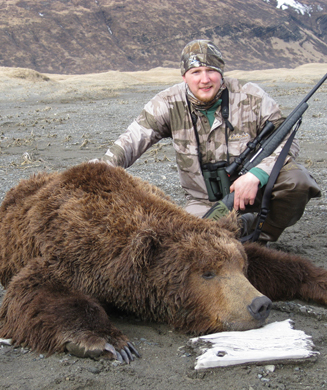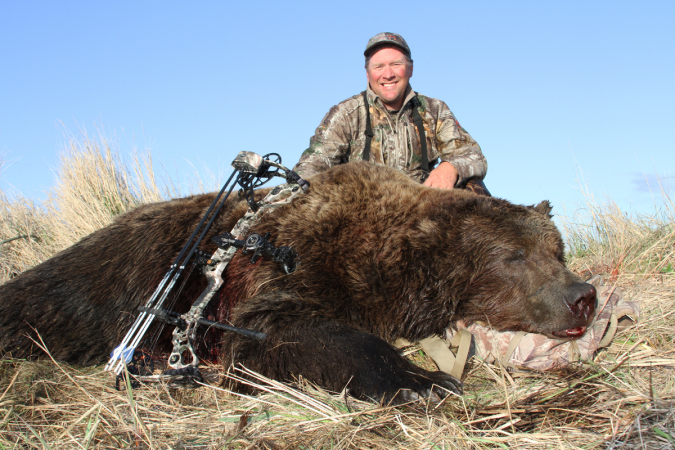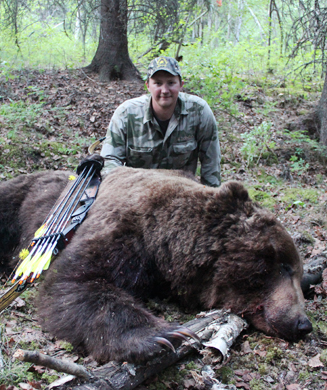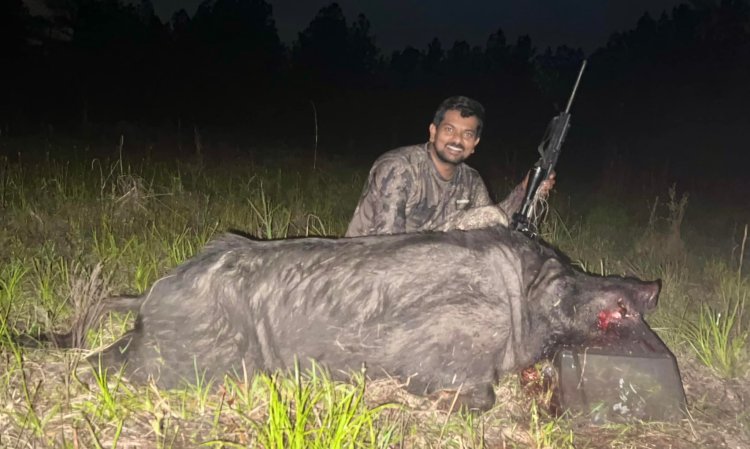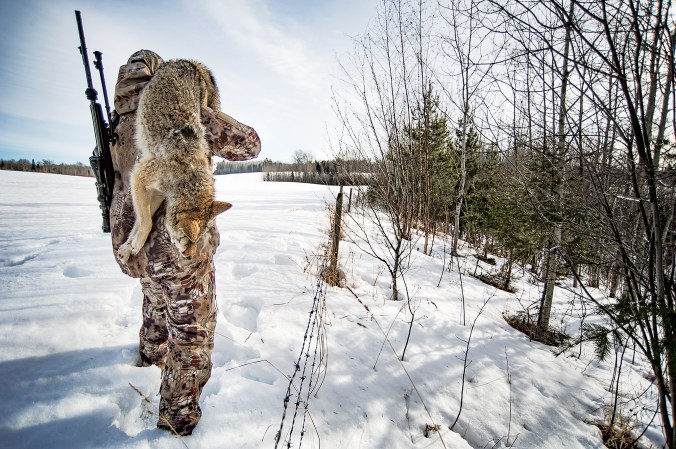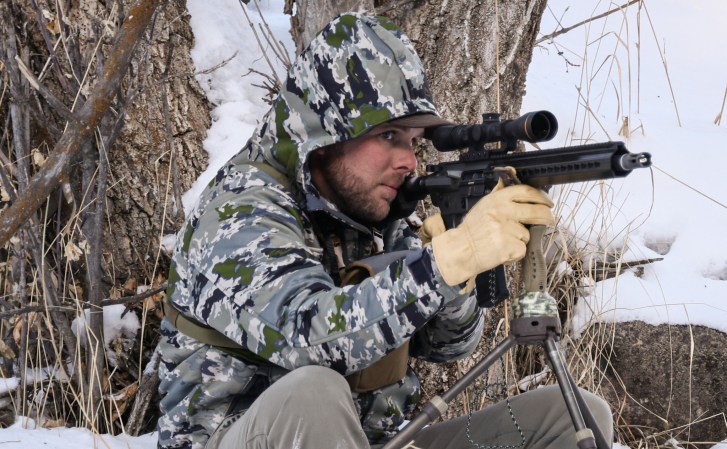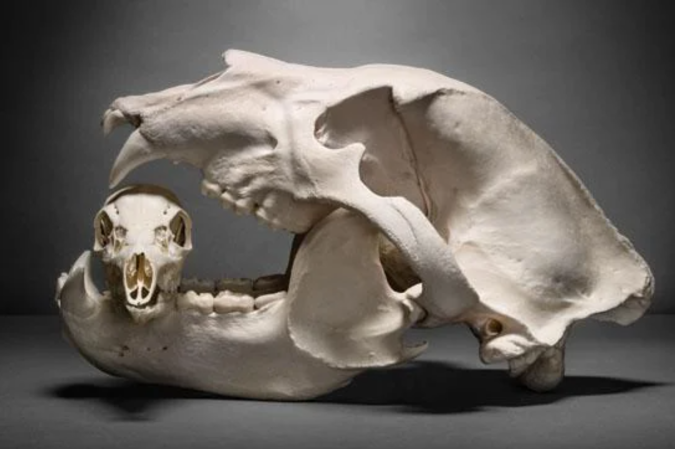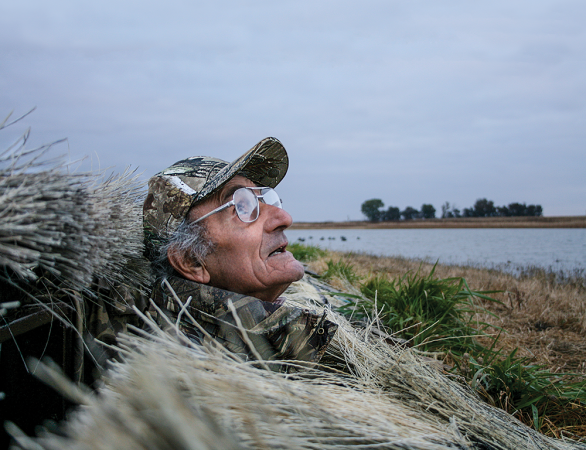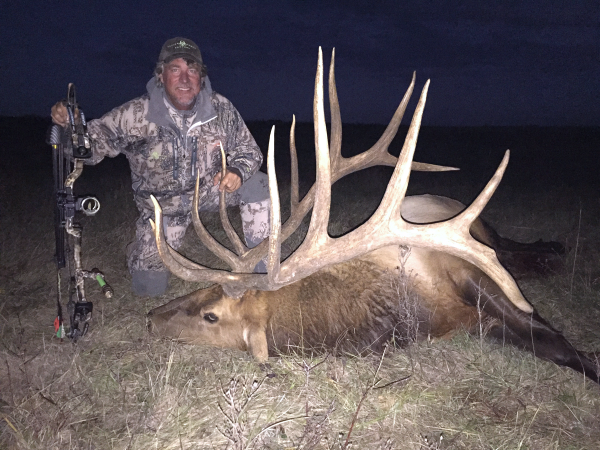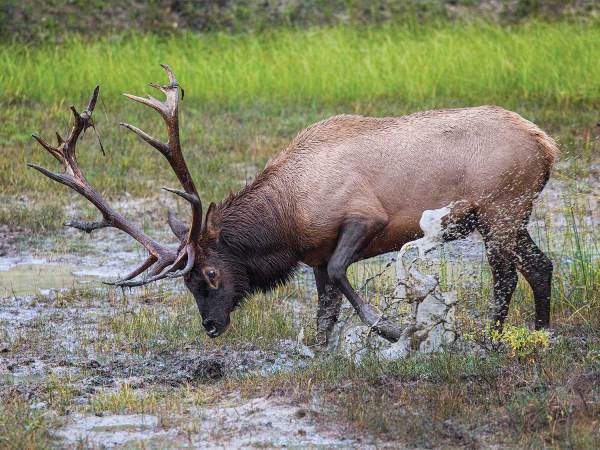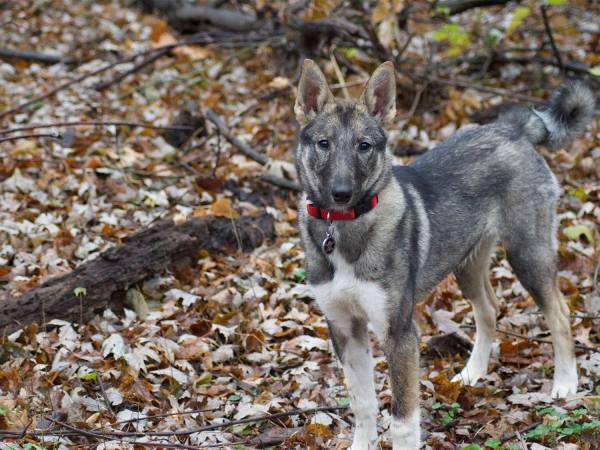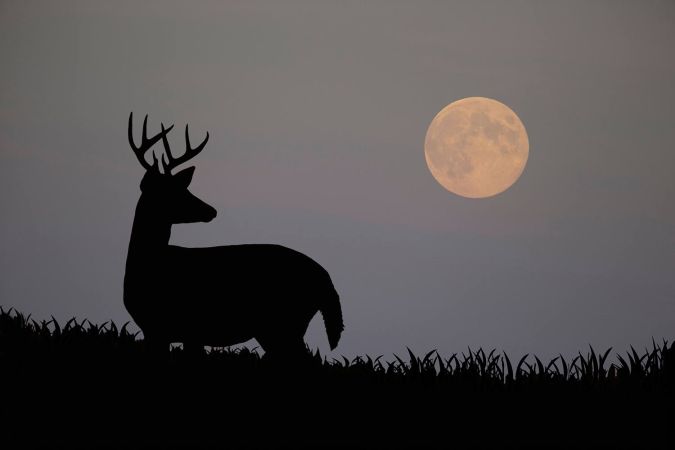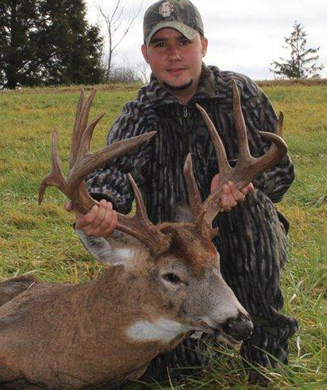Illustration by Kevin Hand
There was a time when you could experience the morose howl of the coyote only in the most rural corners of America. Nowadays, coyotes have filled every imaginable ecological niche. How these predators make their living in close proximity to humans prompted two radio-tracking studies that had fascinating results: one in Rhode Island’s Narragansett Bay region, and a second by the Ohio State University under the direction of Professor Stanley Gehrt.
After plotting GPS tracking pings from multiple animals fitted with transmitters and meshing the data with scat samples and verified interactions, researchers have a very good idea of how these animals spend their days and nights. Here is the behavior of a representative individual coyote.
1) 9:00 p.m.
The male leaves the den, where a female coyote and pups wait for him to bring back food.
2) 9:15 p.m.
The hunt starts with a brisk trot along the ridge in a small patch of woods where the den is located.
3) 9:45 p.m.
A rabbit appears at the mouth of its burrow. The coyote makes an unsuccessful stalk and quickly moves on.
4) 11:00 p.m.
The coyote trots toward a back road, where he finds a roadkill. He rips at the deer, but traffic spooks him.
5) 11:15 p.m.
Entering a subdivision, the coyote visits a home where the owner habitually forgets to bring in the pet food. Nothing tonight.
6) 11:30 p.m.
Domestic cats are frequently easy prey. A tabby runs across the road and the coyote gives chase until it escapes up a tree.
7) 1:30 a.m.
The coyote hits an agricultural field where, on a moonlit night, geese roost. He easily finds his mark.
8) 2:00 a.m.
The coyote stops to rest in a thicket behind a rural home before the journey back to the den.
9) 4:00 a.m.
Back on the ridge near its home, the coyote stalks a mouse but comes up empty.
10) 4:15 a.m.
Returning to the den, the coyote regurgitates carrion for the pups. He will sleep well till it’s time to hunt again.
